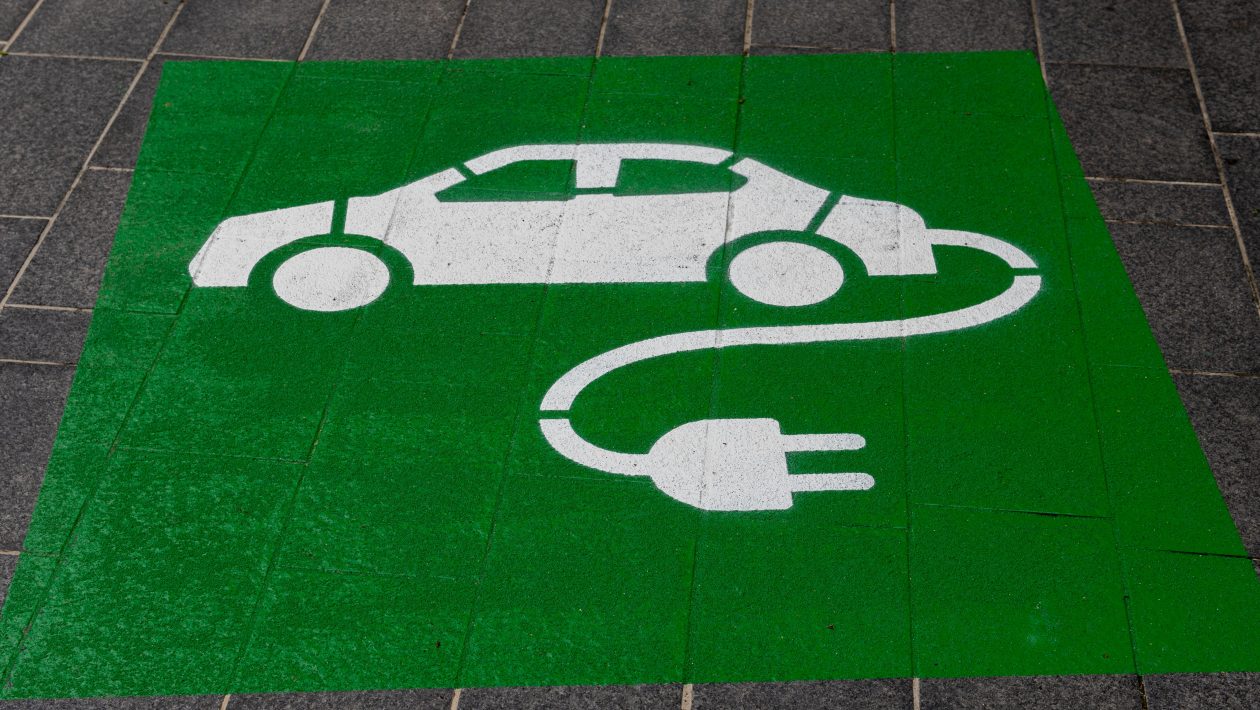Electric cars are becoming more popular, with new models every year. That said, there are many types of electric vehicles. You may need clarity on the types of electric cars. From battery electric vehicles to extended-range vehicles, there is one that could be an ideal car for you.
Why does the World Need More Electric Cars?
The world needs more electric cars for the environment’s sake. Electric vehicles can help the environment, decreasing smog by radiating less carbon dioxide into the air.
Another benefit of electric cars is installing a charging point in your home. With an all-electric vehicle, you will not need to stop to fuel as you can charge your vehicle from home.
1. Battery Electric Vehicles or All-Electric Cars
Battery electric vehicles or all-electric cars are one of the most popular types of electric cars. They do not have everything a gas engine would like an internal combustion engine, exhaust pipe, or gas tank. They run solely on battery power. You can charge battery electric vehicles using a charging point or station.
Most people have a charging point in their homes for easy charging. Once plugged in, the inverter converts the direct electric current (DC) into alternating current (AC.) The energy gets stored in the battery packs, similar to when filling your gas tank.
You have a full battery instead of a full tank. The batteries power the electric motor to rotate your wheels. Reviews are always something you should check first. Reviews can tell you a lot of what you need to know. Whether you want to look at the Hyundai Ioniq reviews or the Kia EV6 review, you will learn something about electric vehicles you did not know before.
2. Extended Range Electric Vehicles
An extended-range electric vehicle differs from a battery electric vehicle. An extended-range electric vehicle, or an E-REV, holds a generator powered by diesel or gasoline to charge the battery. The two cars are alike.
The vehicle will run on battery power most of the time. When the batteries run low, the vehicle switches to a different mode. This mode allows the diesel or gasoline to recharge the batteries. Once your batteries have charged, the vehicle will switch back to electric.
An E-REV gets its name from using fuel along with batteries to get a further distance.
3. Hybrid Electric Vehicles
One of the first developments of electric vehicles was hybrid vehicles. Being the second most popular electric vehicle behind Battery electric vehicles, these are perfect for most people.
A Hybrid electric car, sometimes called an HEV, uses electricity and fuel to power its motors. Most hybrid vehicles will use electricity at lower speeds. Once you hit higher speeds, the engine transfers to the gas or diesel engine.
The best part of a hybrid vehicle is that you never need to plug it in! You can fuel up at the gas station and be on your way. Hybrid Electric cars also use regenerative braking.
Every time you hit the brakes, you are charging your batteries up. Hybrids are perfect for those who want to help make the planet healthier but cannot afford an all-electric vehicle.
4. Plug-in Hybrid Electric Vehicles
Another variation of a hybrid vehicle is a plug-in hybrid vehicle. Similar to a regular hybrid electric vehicle, plug-in hybrid cars are battery-powered as well as fuel powered.
You can fill up your plug-in hybrid as you would with the standard hybrid model. As the name states, you can plug in your hybrid vehicle to charge the batteries instead of relying on regenerative braking only. It will use its second motor if the batteries need charging.
5. Hydrogen Fuel Cell Electric Vehicles
One of the lesser popular varieties of electric cars is the hydrogen fuel cell electric vehicle. These cars are very different from other types of electric cars. Hydrogen fuel cell electric vehicles, or FCEVs, rely on a fuel cell stack using hydrogen to create the electricity you need to rotate your car’s wheels.
Fuel cells generate electrical power through a chemical reaction. This chemical reaction involves converting hydrogen into electricity, making hydrogen your power. Unlike most electric vehicles, you must replenish your FCEV with hydrogen.
Conclusion
In conclusion, there are numerous options to choose from with electric cars expanding worldwide. The world needs more electric vehicles as they are greener and more suitable! Whether you want a hybrid or an all-electric vehicle, you have options! Every type of electric vehicle has benefits and cons. It would help if you studied what you require for your needs in an electric car.





